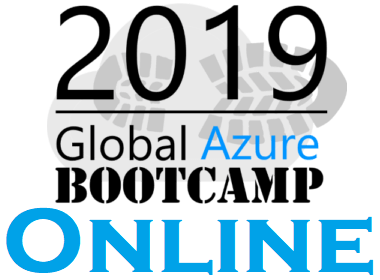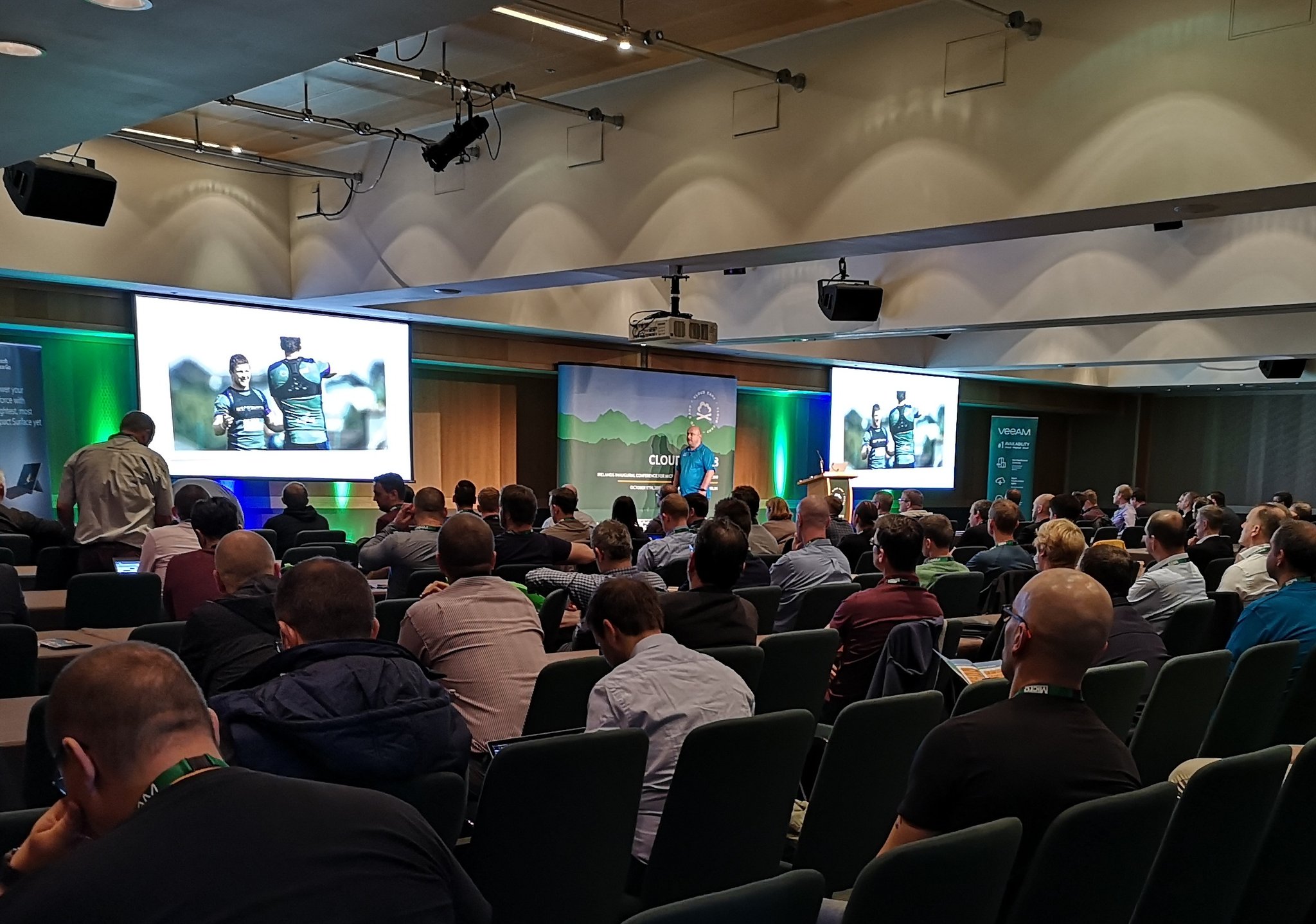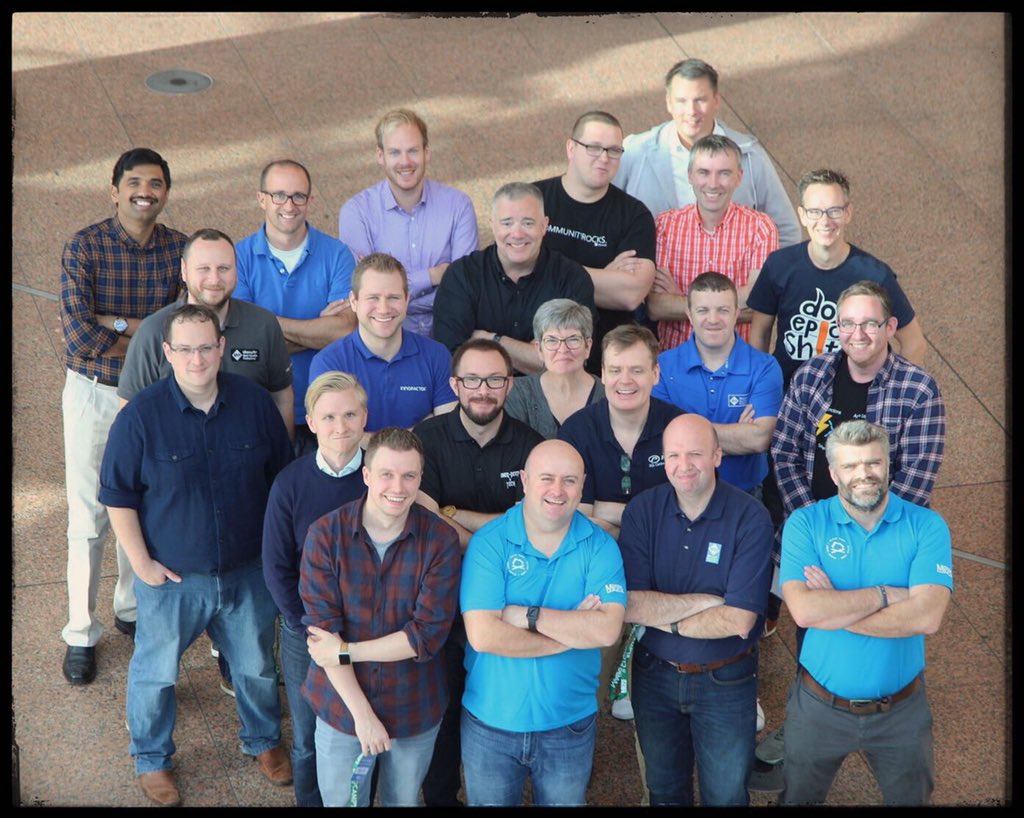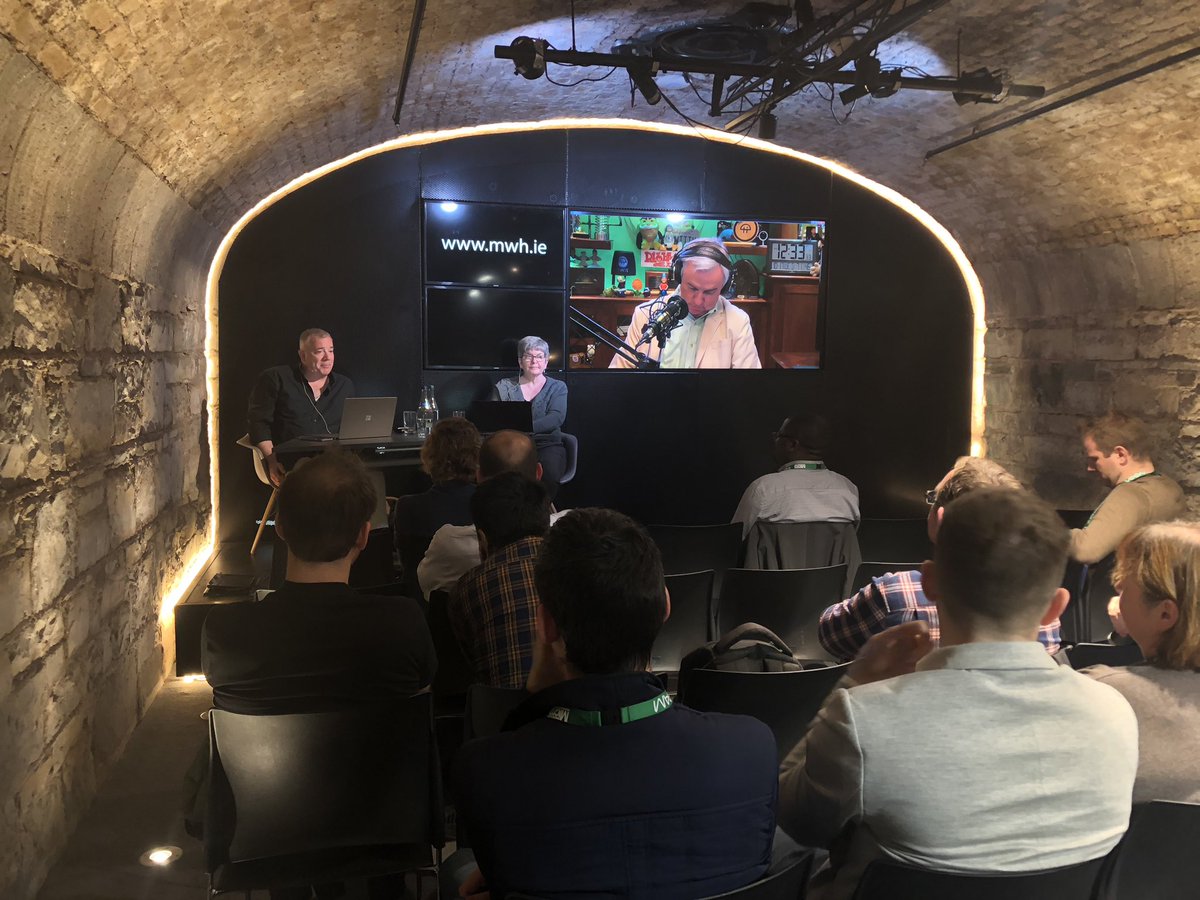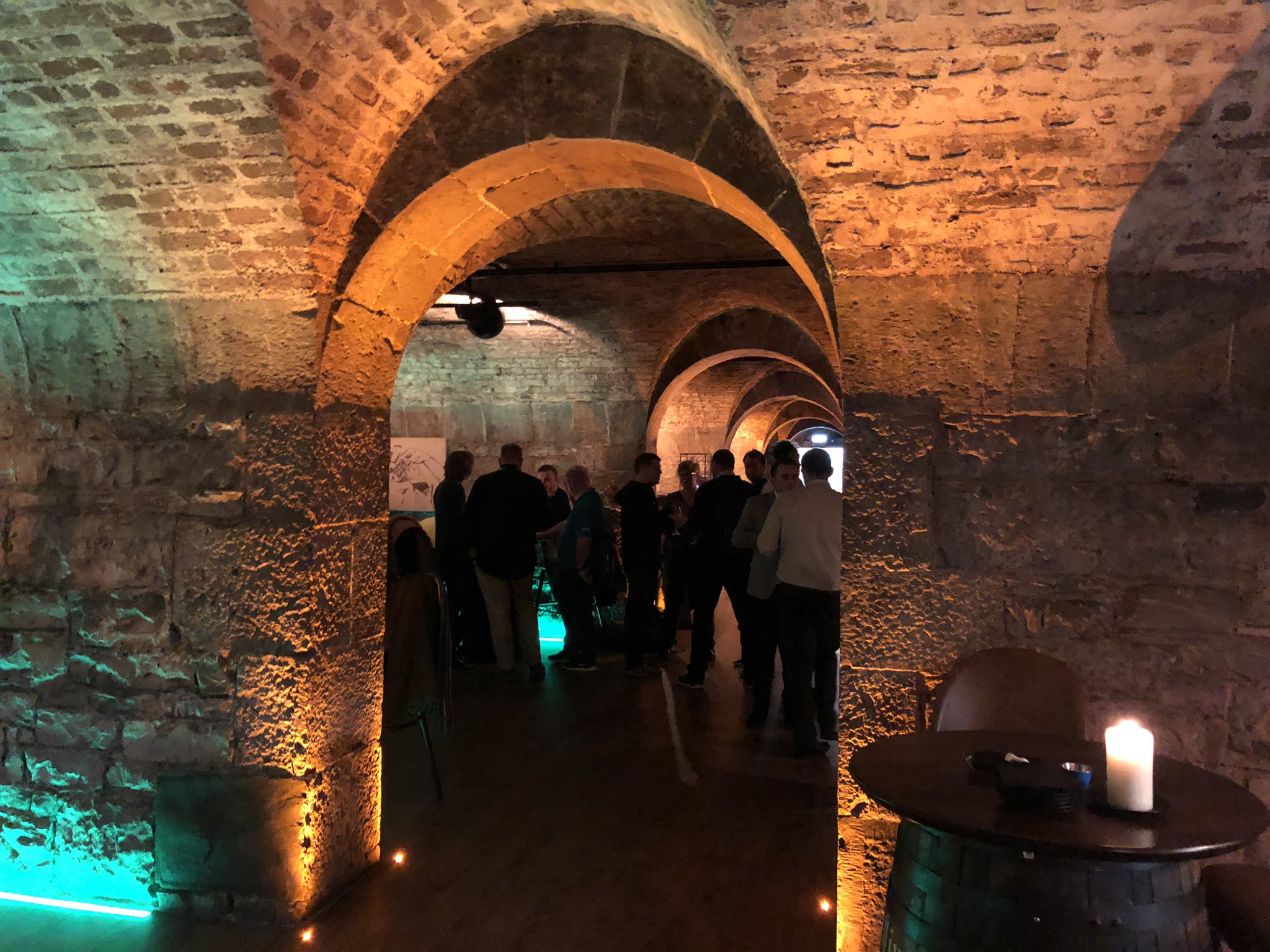Another week of Microsoft Ignite has come to an end. I’m sitting in my hotel room, thinking back on this week, and it’s time to write a review – based on past years, emails, and phone calls, some people in MS HQ are sitting up a little straighter now 
Putting Minds at Rest
Let’s let those tensed up people relax – Microsoft Ignite 2017 was an extremely well run show and the content was the best yet. Let’s dive a bit deeper.
Orlando
OK, Orlando in September is a bit of a gamble. That’s hurricane season in Florida, and Microsoft got lucky when Hurricane Irma swerved a little further west than it was originally projected to. There was a day or two when we were worried about the conference going ahead, but all was good. The venue, the OCCC, is a huge complex on International Drive, aka I-Drive. Two huge conference centres, North/South and West are connected together by a SkyBridge that passes the Hyatt Regency, which is also used. You can walk across the road, and there is also a shuttle service.

I heard that 30,000 people attended this conference, plus maybe 10,000 staff/vendors/sponsors. Imagine that crowd in one venue? At Chicago, there were 22,000 attendees and it sure felt like it. On day 1 in Orlando, it felt busy but that’s because there are fewer/larger sessions and the crowds felt oppressive. But once the keynotes were over, the crowds spread out and things were good – especially after I found a lesser used path between West and the Hyatt 
What makes a city? It’s the people. My favourite TechEd (Europe and North America) was in New Orleans – yeah, even with all the walking! The people were just so friendly and appreciative of us visiting their city. The staff in Orlando were almost as amazing – please take that as a compliment because it’s meant to be. There was always a hello when you passed by, and if you had a question they did their best (including a radio call) to find the answer.
Hotels & Buses
I-Drive is the main place of accommodation for anyone doing the Universal Parks/Disney thing in Florida. There’s an abundant amount of hotels, bars, and restaurants along this road, especially within 25 minutes walk of the OCCC. My hotel, the Castle, was exactly 25 minutes walk away. I took the bus every morning, and was at the convention centre in around 10 minutes – a far cry from the 1 hour in Chicago! Every evening, bar one, I walked home – on the Friday I ordered an Uber and the 4+ star driver arrived in under 2 minutes, and I paid less than 7 dollars for the ride home – a far cry from the minimum of $60 dollars that Chicago taxi drivers demanded!
The hotels were all close by to the OCCC, and because of the nature of the area, all had plenty of services nearby. My hotel had IHOP, Dennys, many bars & restaurants, and plentiful tourist shops nearby. The hotels were all of a good quality.
The bus service was fast, and all the staff had a friendly hello. The driver on the last morning made sure to have a joke with us all after the Thursday night party, and made a big point of thanking us all for attending – she’d been driving buses for conferences for several years. These little things make a difference.
I used Uber for the first time ever in Orlando at those times/places when the conference bus service wasn’t an option. Wow! Let’s leave it there 
Food
Conference food is never exactly a Michelin star experience, but I am a man of simple tastes when it comes to food. I was disappointed when the North/South hall ran out of food on the Monday – it was the venue for the keynotes so that was where most people would be. We were redirected to the West hall, but that was 20+ minutes away! I went hungry because I had a session to be at.
After that, the conference had 30 minute breaks for lunch – enough time to grab lunch to go, which was sandwiches/fruit/salad/dessert in a box to go. I was quite happy with that because I was here to learn, not to dine. One day my lunch went into my laptop bag for later, others it was scoffed down.
For breakfast, I have learned to pick up a bowl, plastic spoons, cereal, and milk (kept in the hotel room fridge) for the week. I did that and was happy, but no-one was complaining about the food in the halls. There were no turkey sausages – REPEAT – no turkey sausages. What is it with Microsoft and turkey sausages?!?! Yup, it was good ol’ pastry, eggs, and bacon.
The Content
This is the reason we attend Ignite. The main keynote, Satya Nadella, was mostly the same thing that Nadella has presented since his rise to CEO. To be honest, I’m well bored of words I know, in sentences that mean little. The highlights were they keynote by a woman who was genuinely one of the most likeable & enthusiastic people I’ve ever seen out of Redmond (boo-yah!), and a panel of scientists working on Microsoft’s quantum computing project that made us all feel stupid – in a good way.
I was here for the breakout sessions. My focus was on Azure, and I got lots of that. I also attended a pair of Windows Server sessions. For the most part, the session quality was excellent. I talked to loads of people during the week and they all said the same thing. In once conversation with a fellow MVP, he said “you know how you find yourself leaving a disappointing session, and try to find something else in that time slot …”, both he and I agreed that that hadn’t happened to us this year. The only time I thought about leaving early was during “customer stories”, which was nearly always a presentation by an Expo hall sponsor advertising their wares instead of talking about their experiences with the topic of the session. I really dislike being advertised to in a conference that I’ve (my employer, really) paid to attend. Luckily, that was only in a few sessions. Less of that please, Microsoft!
I didn’t attend any theatre sessions. Boy, have they changed since Chicago! I presented in Chicago and the organization of theatre sessions was … unorganized. This year, some of those presentations were drawing bigger crowds than the official breakout sessions by Microsoft. It seems now that a breakout is normally a subject that can be covered in 20 minutes instead of the 75 that is normal for the breakout sessions. And Microsoft presented a bunch of them too, not just community members.
I do have a bit of a downer – Friday. Friday is a dead day. Microsoft staff mostly abandon the conference on Thursday afternoon. Unless things change, book your travel to leave on Thursday night/Friday morning. I would have loved to have left on Thursday night, to spend the weekend with my family before heading off again on Sunday. It felt like, this year, that the weakest content was on Friday. Normally there were 30+ breakout sessions per time slot from Monday-Thursday, but on Friday it was 10-12, and not much got my attention. I ended up attending the first session, doing a podcast recording with a friend, and leaving early. That’s time with my family that I lost, that could have been put to good use, but was wasted. If Friday morning is dead, then I would prefer Microsoft to run a Monday-Thursday conference.
Overall Feeling
I got quite a lot out of this week. There was so much announced that it will take me weeks to digest it all. Between Monday-Thursday, there was so much that I wanted to attend that I will have to download sessions to get up to date. I came here wanting to learn lots of Azure PaaS, but so much was going on that I couldn’t attend everything – thankfully we have MyIgnite, Channel 9, and YouTube. I also missed out on the hands-on labs, but they will remain live for attendees for 6 months.
I was delighted to hear that the conference will return to Orlando next year. I’d heard a nasty rumour about Ignite merging with Microsoft’s internal MGX conference in Las Vegas, which would have been an unmitigated disaster. Orlando has been the best place so far for handling the huge audience. In my opinion, there’s not much that Microsoft has to do to improve Ignite – keep what’s there and rethink Friday. Oh – and invent a new way to absorb 4 sessions at once.
Wow, this review is sooo different to my TechEd Europe 2009 review  *dodges more bullets*
*dodges more bullets*

